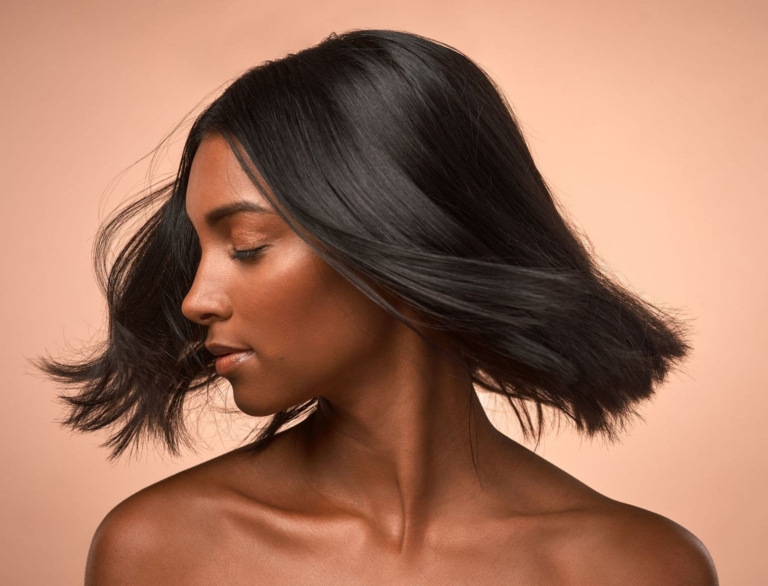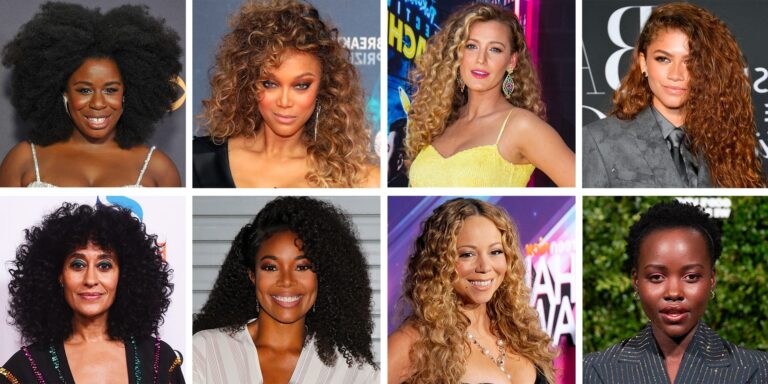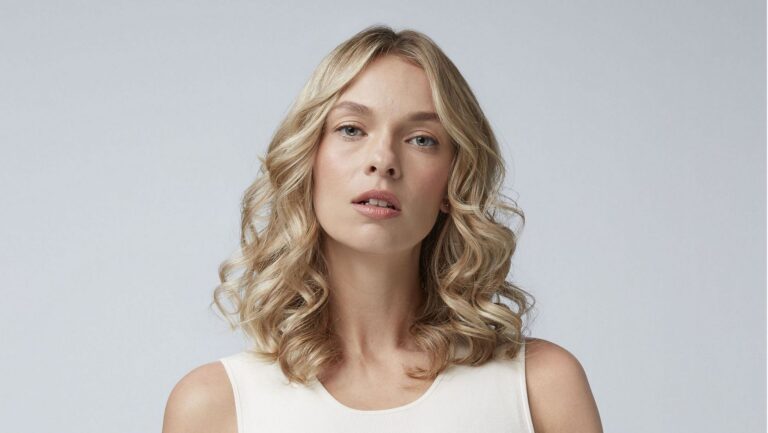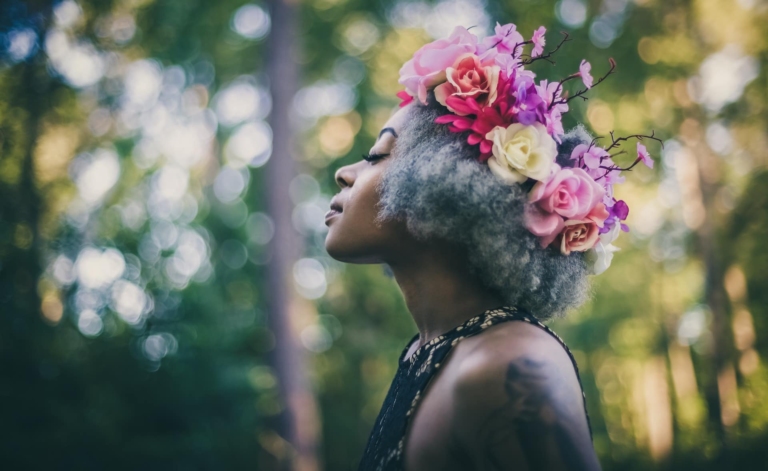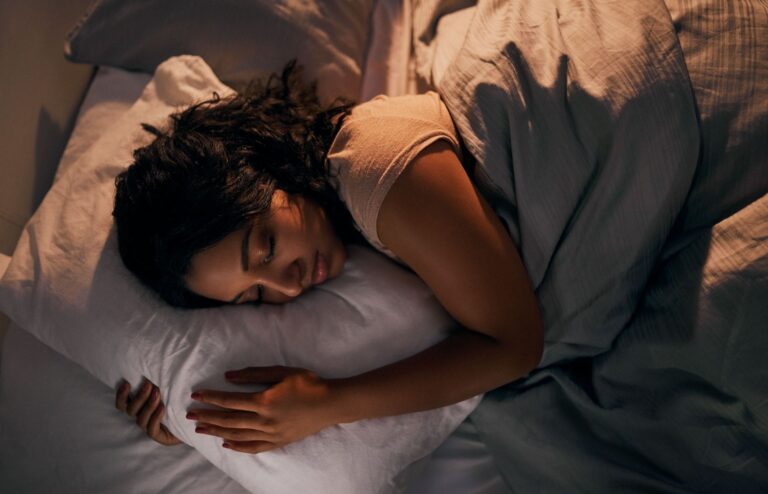Myla Bella Hair Encyclopedia
Acerola
Acidifying additive for herbs.
Slightly acidifies henna to produce slightly coppery tones.
Alkanet
A dye extracted from the plants Alkanna tinctoria, Anchusa tinctoria.
The dye releases poorly in water, well in propylene glycol, but better in oil.
Alkanna adds violet, brown tones, however, due to the difficulty of extracting the dye, it is more recommended for glosses than for typical henna on water.
Amla
An acidifying additive for herbs.
In the formula under the name Emblica Officinalis Fruit Extract.
In small quantities (5g for 70-100g of mixture), it has an acidifying effect, also changing the color to a pale red or chestnut.
At 20-25% in the mix, amla can darken significantly, softening the color of the henna and turning it brown.
Such a high addition of amla can cause mild irritation due to the acidity of the powder.
Anages
One of the three phases of hair growth.
Anagen is a period of intense cell division in the hair follicle.
It lasts from 2 to 7 years.
Most of this phase takes place beneath the surface of the epidermis.
Annatto
A food coloring additive derived from arnica seeds.
The seeds are ground to a powder and boiled in water, giving an orange color.
This additive enhances reddish and coppery tones.
It is also suitable for rinses.
Anthraquinones
Chemical compounds derived from anthracene, which often have a laxative effect.
Their coloring properties are used in hair dyeing, for example, chrysophanol in cassia and rhein in rhubarb.
Colorless henna
Under this name, manufacturers hide cassia or cassia mixtures with the addition of other herbs or henna.
This name is incorrect, but it is still found in the nomenclature of the major herbal companies.
Cassia is not colorless or neutral; depending on the preparation and additives, it gives a yellowish, honey-like tint to a light blond.
BS
Abbreviation for “leave-in”.
We use leave-in products in two different ways.
They can be used on curly hair under a styler or (aiming for straight hair) as a smoothing product.
The BS product can be a conditioner, cream or dedicated product.
CABP
Abbreviation for the ingredient Cocamidopropyl Betaine, which acts as a detergent in cosmetics.
Cassia
A coloring herb, Cassia Obovata.
Cassia can be used to condition hair and give it a soft, honeyed tint.
It is yellow/gold in color.
Cassia thickens hair, especially after repeated application (3-6 times).
It has a beneficial effect on the scalp and can also be used as a gentle mechanical scrub.
Clarification
Removes hard water deposits from hair and the superstructure of residues from other products.
Chelation can be achieved by using a DIY mask, an emollient, silicone-free conditioner with vitamin C tablets and citric acid, or by washing with a chelating shampoo.
A chelating shampoo should contain, for example, trisodium ethylenediamine disuccinate, disodium EDTA and sodium phytate.
Chrysophanol
A yellow-gold anthraquinone found mainly in cassia.
CMC
The layer between the hair cortex and cuticle, known as the intercellular cement layer.
It’s made up of polysaccharides and lipids, the most important of which is 18-MEA.
It is responsible for hair’s resistance to the absorption of water from the hydrophobic environment.
Co-wash
The conditioner wash.
A conditioner wash that contains a cleansing detergent.
A co-wash can successfully replace shampoo.
Cream of tartar
Acidifying additive for herbs.
Potassium tartrate, potassium acid tartar, pH 3.5.
Cream of tartar is a salt of tartaric acid, which is a by-product of wine production.
It is one of the mildest acidifiers and helps to bring out deep chestnut tones.
In the right blends and with well-chosen additives (hibiscus, beet, alkanna), it helps to target cherry and plum colors.
Lemon
An acidifying additive for herbs.
ph around 2.4.
Due to its drying effect, it is not recommended for beginners or people with sensitive scalps.
If lemon suits you, you don’t have to give it up.
Just remember that the correct amount of juice is 1-2 teaspoons per serving of henna, rather than the famous “6 lemons”.
Deep conditioning
A type of skincare that means deep conditioning.
This is achieved by using thick masks that are stored under a cap or film once a week and contain all the elements of PEH oils, proteins, humectants, ceramide-type ingredients and extracts.
Campesh tree
The herbal food supplement, Haematoxylon Campechianum, is the powdered bark of the Campechian larch.
Because of its hematoxylin content, when hematoxylin is oxidized and a red dye is released, it’s sometimes called “bloodwood”.
The bark colors the hair, giving it shades of brown, red and even violet.
When used alone, kempesh tree has a weak ability to bind to keratin.
It is recommended to mix it with other herbs, especially pure henna.
Adding the tree to light mixtures will darken hair, strengthening brown tones.
Violets come out best from the tree in an alkaline pH, for example with the addition of baking soda.
Sandalwood
Addition to herbs.
Pterocarpus Soyauxii, is the powdered bark of the sandalwood tree, giving light red to orange tones to hair.
It is used to bring out reddish tones in hair.
Used on its own, it won’t give the full effect expected, so it works best in company with henna, possibly with additives such as hibiscus, rubia, alkanna.
Emollients
The role of emollients is to form an occlusive layer on the hair, preventing water loss.
Emollients keep hair moisturized, supple and smooth.
The use of emollients in hair care “tightens” hair and protects it from water loss.
Oils, waxes, silicones, fatty alcohols and kerosene are examples of emollients.
Also read: Hair glossary
Emulsifier
Remove oil from hair with any conditioner.
To remove oil, wet hair, then apply conditioner to hair for 10 to 15 minutes and rinse.
Final wash
The first step in the Curly Girl Method, which involves resetting the hair, is to wash the hair and scalp with a cleansing shampoo free of film-forming substances.
Food packaging
Aluminum foil is very practical as an intermediate layer of “henna hair”.
The hair to which the paste has been applied is first protected by a food wrapper or aluminum cap.
The bonnet placed over such a wrapping allows normal functioning during the henna process.
What’s more, the heat generated by the leaf and cap accelerates both henna oxidation and the overall henna manufacturing process.
The leaf can also be used in daily hair care.
Algae
A green color in the hair that is the result of indigo bleaching.
A green glow in the hair can also result from the application of herbs to untreated, unbleached hair.
Brilliant
A henna treatment method that involves mixing diluted henna with a conditioner.
Gloss can be used between two henna treatments to refresh color, or as the sole henna treatment.
Mixing with conditioner gives a softer color effect, ideal if you don’t want to build up henna on your hair.
The best base for gloss is a simple silicone-free conditioner.
The proportions of the mixture depend on individual needs: the gloss can be very weak, the henna paste complementing the mask/conditioner, or vice versa, the conditioner can be added in small quantities, e.g. 1 teaspoon for the entire henna paste.
Gloss can be kept as long as henna, but for those containing a lot of conditioner, I recommend the maximum.
1.5h under a leaf and a hat.
Plantain
Ziziphus spina-christi.
A tree that grows in Africa, the Middle East and parts of Asia.
It is a colorless conditioning herb that can be used in herbal hair layering.
You can add putty to henna, but there is a risk of weakening the pigment.
Bedding will work perfectly in mixtures with neem, brahmi, tulsi and as a complement to no-poo.
Hendigo
A blend of henna and indigo.
Depending on the proportions, we can obtain a whole range of browns from cognac to mahogany.
Henna
A coloring herb, Lawsonia inermis.
Lavon is responsible for dyeing.
It colors red and reddish.
Henna can come from India, Morocco, Pakistan or Egypt.
Depending on the crop, it may have a higher or lower lavson content, as well as a slightly different color specification.
Bleaching pure henna is safe and does not cause hair to turn green.
Henna in two steps
A method of covering white hair that involves applying a first layer of herbal henna, and after rinsing, applying a second layer of indigo or katam.
Using this method, the second layer adheres much better and doesn’t wash out too easily.
The key here is good quality herbs.
Dual-zone henna
The process of coloring hair using two mixtures.
The most popular mixtures are pure henna for the roots, and cassia or a mixture of cassia and henna for the lengths.
Bi-zone henna, like gloss, is used to avoid over-building and maintain a bright red color.
Hibiscus
An acidifying additive for herbs.
Hibiscus Sabdariffa flower.
Hibiscus contains high levels of organic hibiscus, citric, oxalic, tartaric and malic acids.
It also contains anthocyanins, ascorbic acid, tannins, natural gel, phytosterols and strong reddish-purple pigments.
Used on its own, hibiscus does not color hair very well, so it is mainly used as an acidifying and coloring additive.
Most often, hibiscus is mixed with henna, indigo, marzanna or other more opaque herbs.
Hibiscus adds a light violet hue.
Humectants
These products are also known as “moisturizers”.
It’s best to close them with emollients, but not all hair needs them.
Although it generally helps to balance the amount of moisture supplied.
Examples of humectants Glycerin (can cause frizz), aloe vera, panthenol, honey, linseed/fenugreek/herb glue, sugar, urea.
Indigo
The coloring herb, Indigofera tinctoria, indigo dye.
Indigo is a black-blue dye.
Used alone, it can therefore produce a bluish, “raven” effect on the hair.
Indigo doesn’t bind to hair keratin like henna does, so it can be removed quickly.
Bleaching indigo means almost certain green in the hair.
Itchy Msy
Abbreviation for Methylisothiazolinone and Methylchloroisothiazolinone, which are preservatives used in cosmetics.
Juglon
A colorant, a lavson isomer, 5-hydroxy-1,4-naphthoquinone.
Found in the leaves and shells of walnuts.
It has fungicidal properties.
Juglon can cause irritation and allergies, so its darkening properties should be used with caution.
“One of my biggest dreams is that my company will be able to change the course of one family’s life, one child at a time by giving back to the community.”


